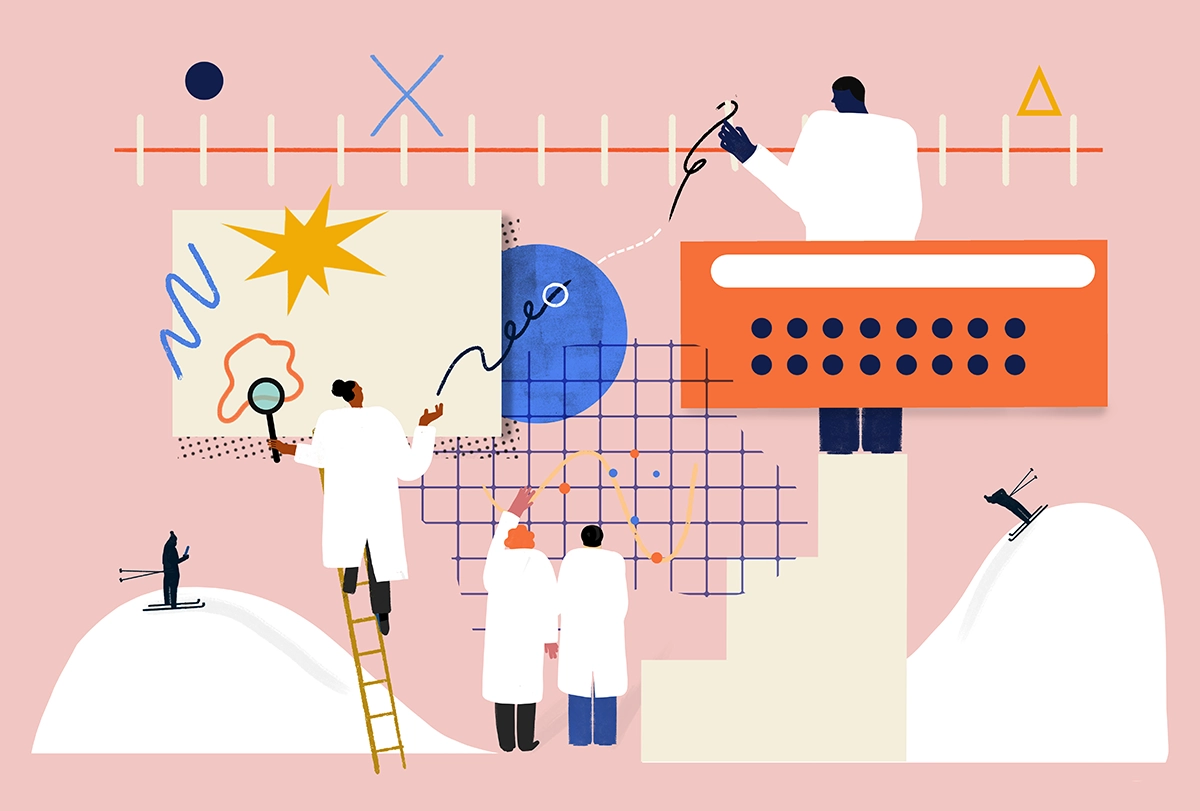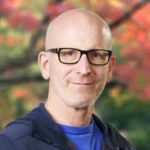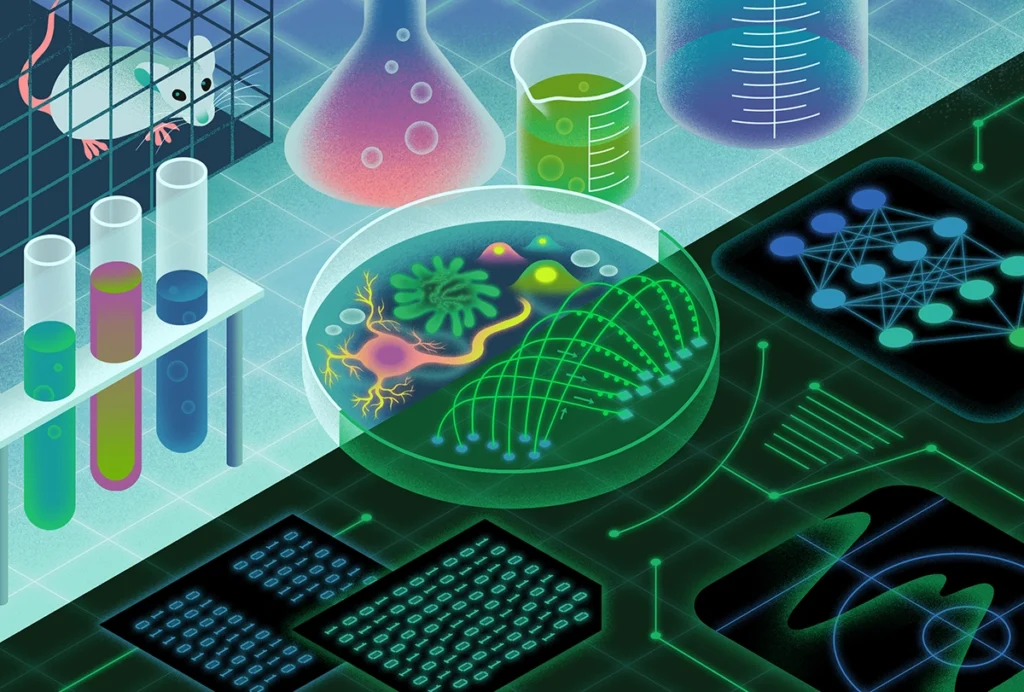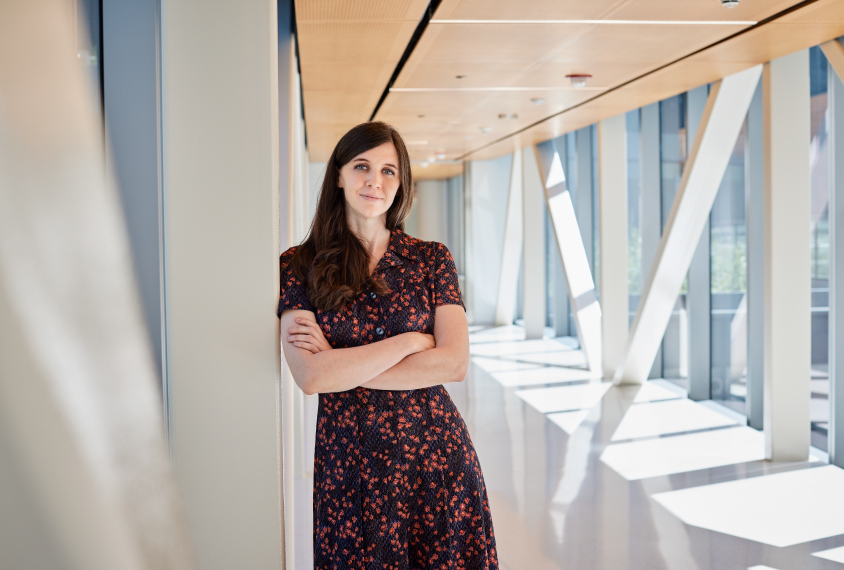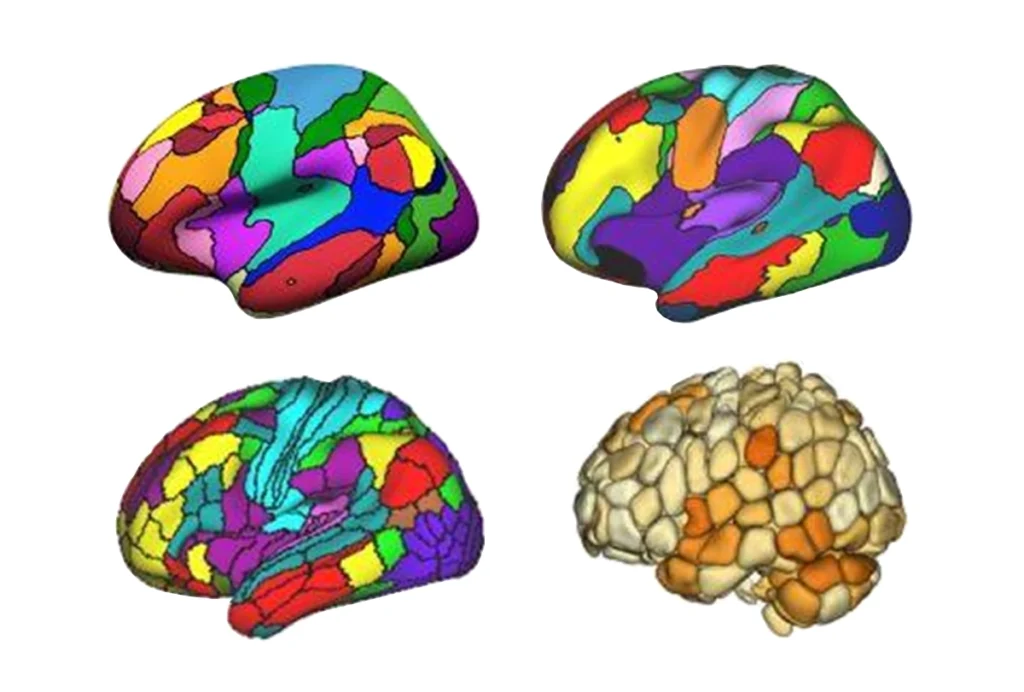Just like you never forget your first love, you never forget your first conference. For me, it was the invitation-only Snowbird Meeting on Neural Networks in 1988, held at the premier ski resort of the same name. Snowbird was scientifically intense, with many of the most engaging discussions continuing on the chair lifts. It brought together a core group of researchers — mostly trained in physics, computer science and engineering, including Yann LeCun, Geoffrey Hinton, Sara Solla, Terrence Sejnowski and John Hopfield — all thinking about how to compute with networks of simple processing elements (artificial neural networks). And it defined for me what a scientific meeting should be like.
Sixteen years later, that early experience inspired me to help found a new meeting, called Computational and Systems Neuroscience (COSYNE), which this week celebrates its 20th anniversary.
The story of COSYNE begins in the late 1980s. At the time, computational neuroscience was still coalescing as a community. Experimentalists were skeptical of theory, and computational neuroscientists often found themselves in a defensive position, repeatedly compelled to debate questions such as: “What good is theory in neuroscience anyway?” One of the few meetings at which computational neuroscientists felt welcome was the Conference and Workshop on Neural Information Processing Systems (NIPS, later NeurIPS). That meeting evolved from Snowbird as an interdisciplinary gathering of researchers studying both biological and artificial neural networks, but, unlike Snowbird, it was open to all.
NeurIPS was my mainstay meeting during my graduate-school years. But by the mid-1990s, it had shifted its focus to pure machine learning, with neuroscience-related work increasingly treated as an afterthought. As a postdoctoral researcher in the theory-friendly experimental lab of Chuck Stevens, I missed the cross-fertilization of ideas I had found at NeurIPS. So, without a conference to call home base, I started planning a new meeting — Neural Information and Coding (NIC) — to welcome researchers at the intersection of neural theory and experiment.
That was easier said than done. Beyond being simply a place to share information, conferences are essential for creating and nurturing communities. Most people grow up in a single scientific community and don’t understand, in practice, how individual communities differ — the structures that establish and reinforce them, the assumptions on which they are built. Language is often a major force in both shaping communities and erecting their borders. A molecular biologist talking to peers, for example, can use the term “restriction enzyme” (a protein that cuts DNA at a specific sequence) without needing to define it, just as a computer scientist can refer to an algorithm whose temporal scaling is “O(N2)” (indicating that the amount of time needed to run the algorithm increases as the square of the number of inputs); but each would likely need to explain those terms when trying to communicate with the other.
My goal in launching NIC was to bring together two communities: theorists and experimentalists. To do that effectively, I realized, they would need to begin to learn each other’s languages.
I
modeled the first NIC, held in 1996 in Jackson Hole, Wyoming, after that memorable Snowbird meeting — small, invitation-only and with excellent skiing. I thought carefully about how to tackle the language issue and how to engage and excite both groups. Equations, in particular, can form an impenetrable communication barrier for people without the requisite mathematical background. As legend has it, Stephen Hawking was famously advised that each equation he included in his bestseller “A Brief History of Time” would cut his sales in half.Suspecting that theorists might be more tolerant of jargony talks than experimentalists would be, particularly because theoretical “jargon” often takes the form of equations, I skewed the oral program toward experimentalists. That bias — and likely the location — helped make the meeting a success, and that success continued during subsequent meetings over the next few years in Big Sky (Montana), Snowbird (Utah), Grindelwald (Switzerland) and Les Houches (France). (Lift tickets were much more affordable in those days — less than $20 per day in 2024 dollars — even for the struggling postdocs who organized and attended these meetings.)
Several others joined in as organizers, including, notably, Alexandre Pouget, who would also go on to play a central role in COSYNE. By the early 2000s, word of NIC had spread, and there was growing interest in founding an open, rather than invitation-only, version. In 2004, we held the first annual COSYNE meeting at Cold Spring Harbor Laboratory with 200 participants. Modeling ourselves after NeurIPS, in 2005 we adopted a two-part format: a single-track meeting in the city and parallel workshops at a ski resort.
In COSYNE’s early years, a small group of us handled all the responsibilities, some of which I hadn’t anticipated from my experience with smaller meetings — the Salt Lake City, Utah, hotel required me to “guarantee” the room block by signing a contract, for example, which I only later realized would have required me to pay up to $100,000 out of my personal funds if the promised number of participants failed to materialize. The weeks before each meeting were a chaotic series of crises. Over time, though, we set up structures — most notably, establishing program committees for the main meetings and workshops, and hiring a part-time conference coordinator.
T
oday, the conference runs with only minimal oversight from me and the others on the executive committee. And with input from the program committees and the broader community, we have increasingly had the opportunity to spend more time on self-reflection, considering important issues such as representation and accessibility.Like many conferences in the early 2000s, COSYNE was exclusively chaired by men for its first five years. In 2008, we shifted to a system in which a man and a woman (one a theorist and the other an experimentalist) would co-chair each year, a first step in our ongoing commitment to diversity and inclusion. COSYNE has also been fortunate to attract sponsorship from a number of nonprofit organizations and corporations, with that funding used primarily for student travel grants.
As COSYNE meets again for the 20th time this week, it continues to evolve. It has swelled to more than 1,000 attendees and outgrown (and been priced out of) ski resorts; The final ski-centric workshop took place in 2023 at Mont Tremblant in Canada. Despite growing interest, we’ve chosen to limit the meeting’s size so that we can continue to foster a single community; the main COSYNE meeting remains a single-track conference that can be housed at one hotel or small conference center.
On the subject-matter side, artificial neural networks, which played a major role in the early history of computational neuroscience but then receded, have returned as a major influence. The chasm between experimentalists and theorists has narrowed considerably, perhaps due in some small part to COSYNE itself. The two groups are, if not exactly bilingual with each other’s jargon, far more adept at translation: If you walk into a random talk at COSYNE today, chances are pretty high that some of the slides will be full of equations. But the experimentalists aren’t fleeing — indeed, it’s quite possible that the speaker showing the equations is an experimentalist.
